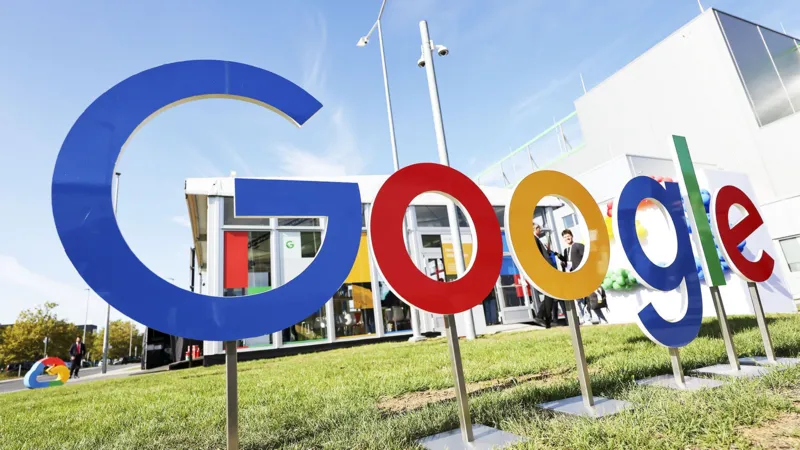The internet juggernaut blames it on the rapidly developing artificial intelligence (AI) and growing energy needs of its data centers.
AI-powered services use a lot more computer power and electricity than regular online activities do, which has led to some cautions over the environmental effects of the technology.
Google acknowledges that “as we further integrate AI into our products, reducing emissions may be challenging” despite its stated goal of having net zero emissions by 2030.
Google explains that it is “due to increasing energy demands from the greater intensity of AI compute” in its 2024 Environmental Report.
In essence, data centers are enormous groups of computer servers.
AI requires a tonne of them.
According to a recent study, generative AI systems, like ChatGPT, may consume up to 33 times as much energy as computers running task-specific software.
Google’s analysis does, however, also show significant regional variations in the effects of its data centers.
The majority of energy in the majority of European and American centers comes from carbon-free sources.
In contrast, data centers located in the Middle East, Asia, and Australia consume significantly less electricity that is carbon-free.
Approximately two thirds of Google’s energy comes from sources that don’t emit carbon dioxide.
A number of cautions have been issued in response to AI’s growing consumption of energy and water, particularly since the industry is expected to continue expanding quickly.







